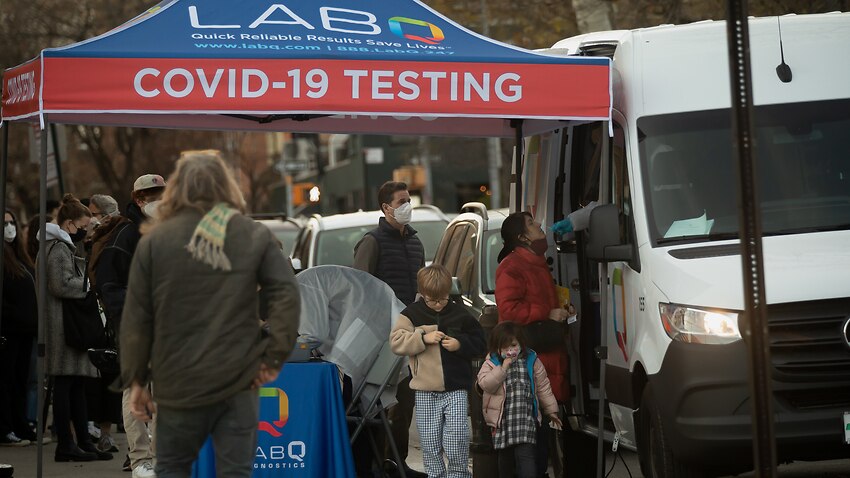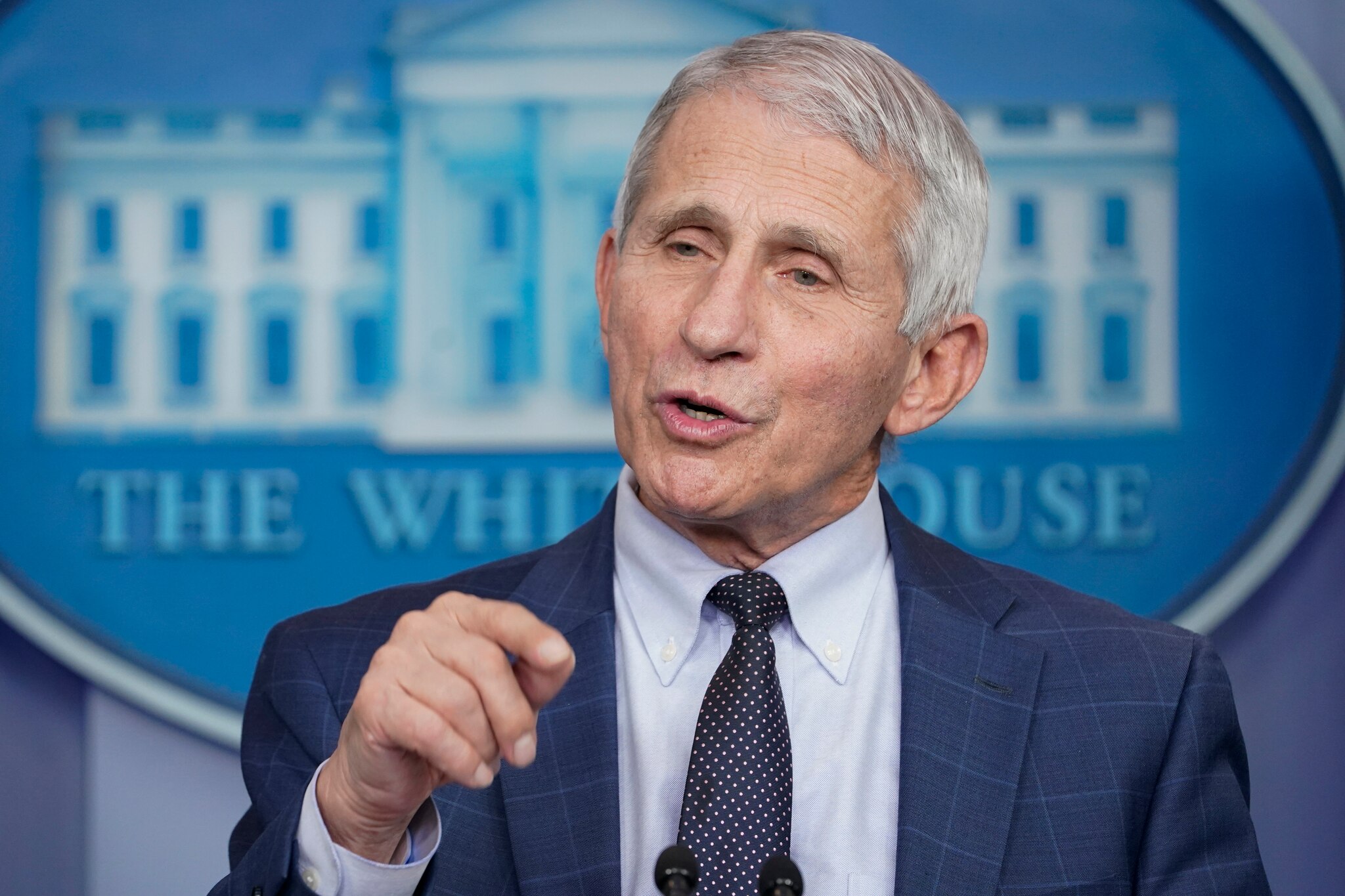Bruce Crumley - Dec. 27th 2021 @BDroneDJ

The Embraer group’s urban air mobility (UAM) unit, Eve, has signed another deal to sell its future electric vertical takeoff and landing (eVTOL) vehicles to a US passenger airline, and will also examine the craft’s development for potential defense and security clients through a partnership with the UK’s BAE.
The news comes amid a flurry of moves by Eve, including accords to sell 300 of its craft to two airline transport sector customers, and the decision to take the company public with a Wall Street listing. The additional announcements involve a letter of understanding with the regional North American airline Republic Airways to buy up to 200 of the eVTOL planes. The other is based on an agreement between Embraer Defense & Security and BAE to examine ways Eve’s UAM craft could be used as a cost-effective, sustainable, and adaptable alternative to traditional aerial vehicles by militaries and security companies.
According to an Eve press release, the agreement with Republic will focus on workforce development initiatives and exploring the future of air travel. The airline will notably work with Eve to examine UAM opportunities within Republic subsidiaries like its Lift Academy. As part of that, the partnership will map out the creation of a regional air transport network across US central and East Coast markets, starting with the Boston, New York, and Washington, DC, areas.
“Republic’s commitment to provide sustainable aviation solutions to our codeshare partners, American, Delta, and United, relies on continued investments in both workforce development and emerging clean technologies,” said Republic Airways president and CEO Bryan Bedford. “The strategic relationship with Eve builds upon decades of a successful relationship with Embraer that has expanded access to regional airports across the country, and we believe Eve’s UAM platform could play a critical role in our future workforce development initiatives.”
A similar thinking is at work in the BAE link-up with Embraer Defense & Security to look for ways to adapt and market Eve eVTOL aircraft to defense and security markets. The effort will seek to modify initial designs for passenger travel and business uses to military applications that include personnel transportation, surveillance and reconnaissance, disaster relief, and humanitarian response.
It is hoped the Eve eVTOL alternatives will provide a carbon-free and considerably cheaper option to current, heavy transport technologies for defense clients. The joint study furthers BAE’s support of Eve’s UAM activities, in which it has already invested $10 million.
“Bringing together Embraer’s innovative technology in the commercial sector with our extensive defense engineering and systems integration experience will help us to accelerate the pace of new innovations,” said Ian Muldowney, BAE Systems Air sector COO. “This joint study is a great example of how we’re delivering against our commitment to collaborate to explore new and sustainable technologies for our customers.”














/cdn.vox-cdn.com/uploads/chorus_image/image/70326520/1237414171.0.jpg)